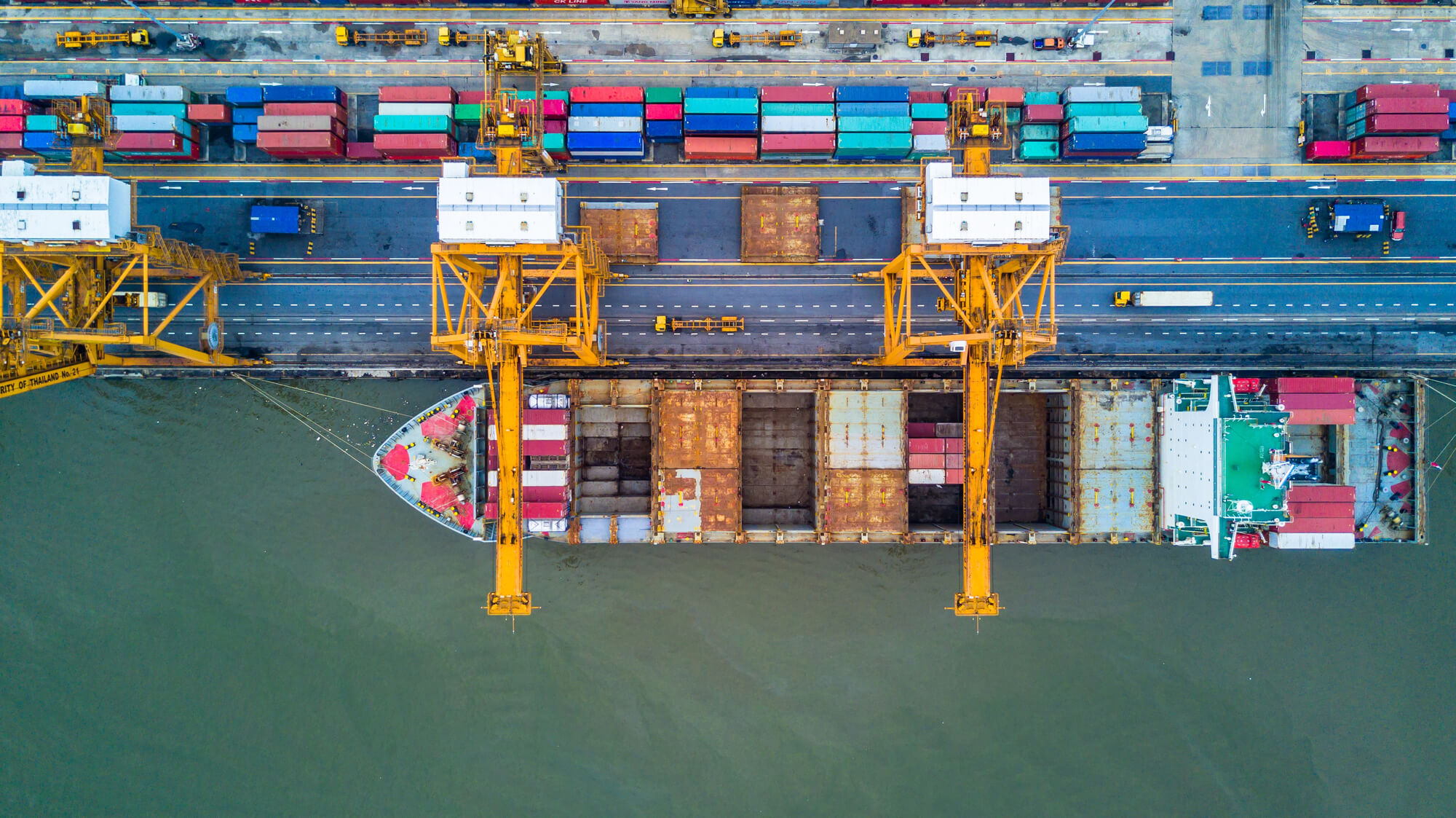The Russian military dropped powerful air bombs on the territory of Golden AGRO company in Rubezhnoye, Eastern Ukraine, destroying an elevator containing 17 thousand tons of wheat and 8.5 thousand tons of sunflower. Around the same time, on another continent, a father from Tigray, Ethiopia, struggled to get a loaf of bread for his family. In Ethiopia, over three-quarters of World Food Program and government wheat come from Ukraine or Russia.
Compared to Europe, Asia, Oceania, and America, Africa has a high cereal imports dependency ratio (40% of its available food supply of cereals is imported rather than coming from domestic production) and the highest prevalence of undernourishment (20% of the population suffers from habitual food consumption that is insufficient to maintain a normal active and healthy life).
Many countries in Africa rely on food imports from Ukraine and Russia. More than half of all the imported cereals in the Republic of Congo and Tanzania in 2020 came from Russia and more than 43% of cereal imports in Tunisia in 2019 came from Ukraine, according to UN Comtrade data. In Benin, Cabo Verde, Cameroon, Republic of Congo, Uganda, Niger, Tanzania and Mauritania wheat imports from Russia and Ukraine constitute 60% or more of consumption, according to the recent World Bank report. The same report reveals that the price of wheat has jumped by more than 40 percent since the beginning of the Russia-Ukraine war in February. The rise in food prices and the blockage of the import flows due to the war are likely to further exacerbate the prevalence of stunting in children under 5 years in Africa, which was around 30% in 2018 (compared to 20% in Asia and around 5% in Europe or Oceania)
Source: imf.org
According to the IMF, about 24 countries are at high risk of food insecurity or moderate risk with deteriorating conditions. Most of them are located in Africa.
The war continues to increase pressure on the African continent through other channels too. Russia exports fossil fuels, mainly crude oil and natural gas, but also coal. Energy price increases caused by disruptions of supply hit the most vulnerable economies the hardest. Importers, such as Cabo Verde, Botswana, Mauritius and Togo are hurt by price increases, as they consume energy directly and use it as inputs to produce other goods and services for export.
Even energy-exporting countries in the region are not well-protected from energy price shocks, due to limitations in refinery capacity obligating them to export crude oil and import refined products. In oil-exporting Nigeria, for example, the prices of liquefied petroleum gas (LPG) increased by more than 60% and diesel by more than 150% compared to last year. The International Energy Agency estimates that up to 20 million sub‐Saharan Africans who had recently gained access to basic electricity services and/or modern cooking fuels such as LPG will no longer be able to pay for these services.
Dependent on prices for natural gas, prices for fertilizer increased too, worsening the food security problem in the countries that rely on imports even if they are not importing fertilizers from Russia.
Tourism is another channel of impact: African countries that attracted large shares of tourists from Russia and Ukraine are Egypt, Tunisia, and Tanzania.
The World Bank estimates that the impact of the pandemic, worsened by Russia’s invasion of Ukraine and related inflation, may push more than 25 million additional sub‐Saharan Africans to extreme poverty by the end 2022. Mounting inequalities are adding to existing civil conflict, social unrest and political instability in several countries, with protests over prices already unfolding in Morocco, Egypt, Kenya, Tunisia and Sudan.
Many African countries have depleted their fiscal reserves. Seven countries in Africa are now considered to be in debt distress by the IMF, raising the risk of defaulting on public debt in the coming year.
In countries such as Guinea-Bissau, Ethiopia, Central African Republic, Comoros, Liberia, Mali, Niger, Chad, and Sierra Leone agriculture accounts for more than a third of the country’s economic output and employs most of the labor force. For comparison, agriculture accounts for around 5% of economic output, on average, in the world. The rise in the energy costs implies higher production costs and lower harvests, depressing this crucial sector’s output. There are more women than men employed in agriculture in Africa (54 vs 46 per cent in 2019, according to the International Labour Organisation report). So women will be hit harder, reducing the progress in gender equality.
Under continuous shelling and shortage of necessary equipment, including fuels and seeds, farmers in Ukraine have managed to complete the sowing this year. The nation has been collecting seeds from around the world — because the supply chains were broken and many storage facilities destroyed. Now, the harvest season is beginning, and it has never been more dangerous because of the explosives left in the ground by Russian troops.
But Ukrainians persist not only in the fields. They have been collecting money for the weapons to stop the aggressor and restore the railway routes hit by Russian missiles, planning to use those as alternatives to aquatic transportation of cereals intended for export. Their objective is echoing that of the African Union and its member states: to safeguard the sovereignty and territorial integrity of their country. Perhaps, the world just needs to make more attempts to ensure that such honorable objectives could be indeed implemented in all the struggling states.
Attention
The authors do not work for, consult to, own shares in or receive funding from any company or organization that would benefit from this article, and have no relevant affiliations





